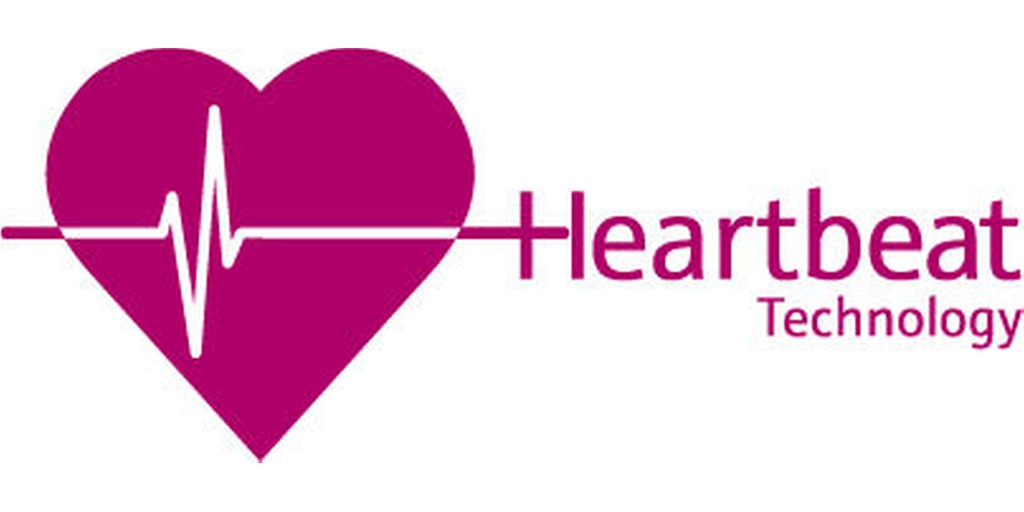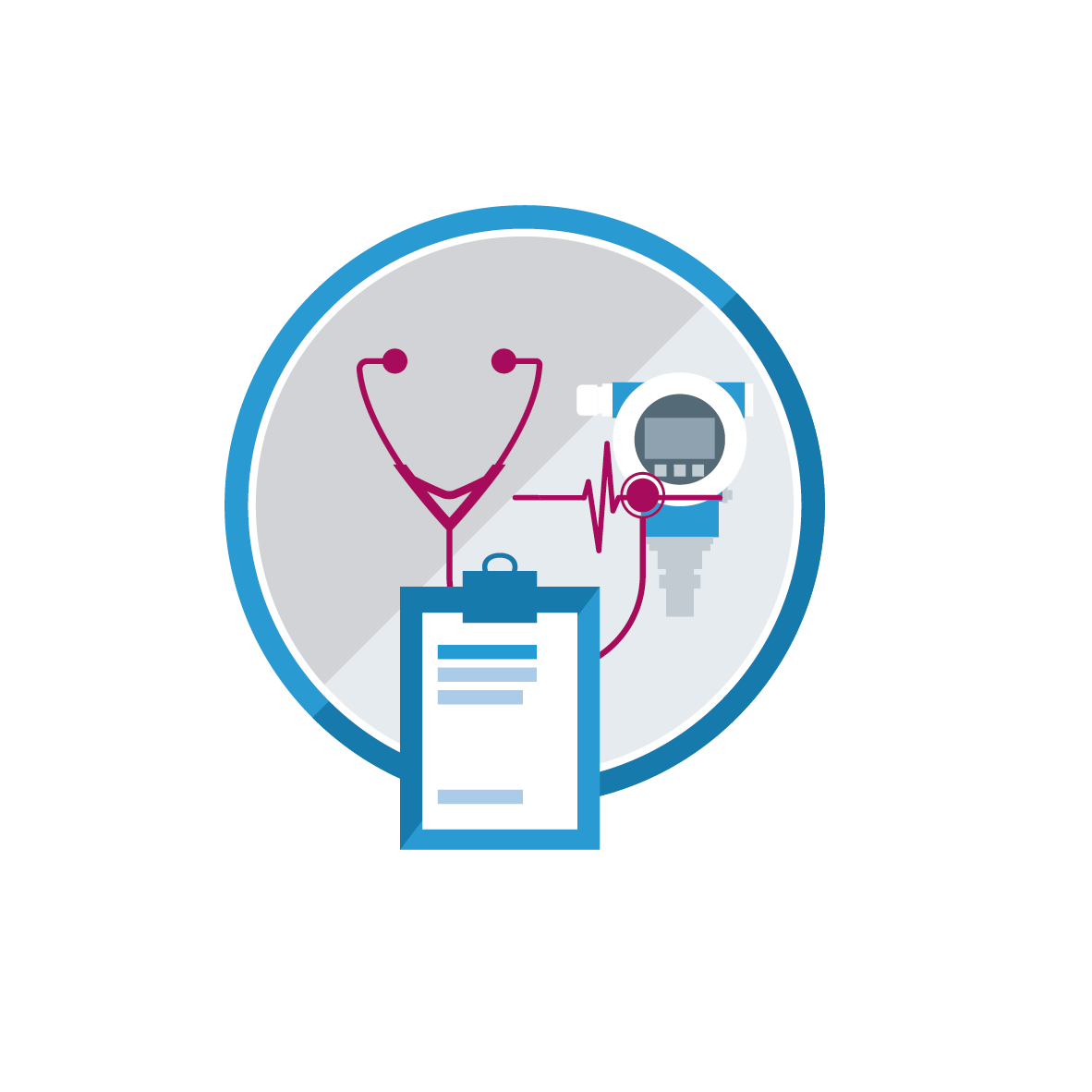Heartbeat Technology: Monitoring and Understanding Systems
Heartbeat technology, a vital tool in the modern technological landscape, allows systems to monitor their own health and proactively alert administrators to potential issues. This technology, often compared to a […]

Heartbeat technology, a vital tool in the modern technological landscape, allows systems to monitor their own health and proactively alert administrators to potential issues. This technology, often compared to a patient’s heartbeat, provides crucial insights into the well-being of complex systems, ensuring their smooth operation and preventing catastrophic failures.
From the healthcare industry, where heartbeat technology helps monitor patients’ vital signs, to the financial sector, where it safeguards transactions, the applications of this technology are diverse and impactful. By sending periodic signals, heartbeat technology ensures systems remain responsive and stable, enabling timely interventions and minimizing downtime.
What is Heartbeat Technology?
Heartbeat technology, also known as keep-alive technology, is a crucial mechanism used in various communication systems to ensure the continuous and reliable flow of data between devices. Its core function is to maintain a constant and active connection between two or more entities, even in the absence of actual data transmission. This is achieved by sending periodic signals, known as “heartbeats,” to confirm the connection’s health and identify any potential issues.
The Fundamental Principles of Heartbeat Technology
Heartbeat technology relies on the exchange of periodic signals between connected devices to verify the connection’s status. The fundamental principles behind this technology include:
- Regular Signal Transmission: One device, typically the client, sends a heartbeat signal at predetermined intervals to the server or other device. This signal acts as a confirmation that the client is still active and connected.
- Response Verification: The receiving device, usually the server, acknowledges receipt of the heartbeat signal by sending a response. This response ensures that the connection is bidirectional and that both devices are actively communicating.
- Timeout Mechanism: If the server does not receive a heartbeat signal within a specific time frame, it assumes the client has disconnected and initiates appropriate actions, such as closing the connection or sending an alert.
Heartbeat Technology’s Core Functionalities
Heartbeat technology plays a critical role in maintaining the stability and reliability of communication systems. Its core functionalities include:
- Connection Monitoring: Heartbeat signals provide a continuous check on the health of the connection. If the connection is disrupted or interrupted, the lack of heartbeat signals triggers an alert, allowing for prompt troubleshooting and restoration of the connection.
- Error Detection: By analyzing the timing and content of heartbeat signals, potential errors or network issues can be identified. For example, if a heartbeat signal is delayed or lost, it indicates a potential problem in the communication path.
- Resource Management: Heartbeat technology helps in managing network resources efficiently. By detecting inactive or unresponsive connections, resources can be freed up and allocated to active connections, optimizing network performance.
The Historical Evolution of Heartbeat Technology
Heartbeat technology has evolved significantly over the years, adapting to the changing demands of communication systems. Key milestones in its evolution include:
- Early Origins in Telecommunications: The concept of heartbeat technology originated in the early days of telecommunications, where it was used to maintain connections between telephone exchanges. This early implementation involved sending periodic tones over the lines to verify the connection’s integrity.
- Adoption in Computer Networks: As computer networks gained popularity in the 1970s and 1980s, heartbeat technology was adapted for use in TCP/IP protocols. This allowed for more reliable and efficient data transfer over networks.
- Modern Implementations in Cloud Computing: With the rise of cloud computing and distributed systems, heartbeat technology has become an integral part of ensuring the availability and reliability of services. Modern implementations often utilize advanced protocols and algorithms for enhanced security and performance.
Applications of Heartbeat Technology
Heartbeat technology, with its ability to monitor and analyze data in real-time, has found numerous applications across diverse industries. It plays a crucial role in enhancing efficiency, improving decision-making, and ensuring seamless operations.
Healthcare
Heartbeat technology is revolutionizing healthcare by enabling real-time patient monitoring, early disease detection, and personalized treatment plans.
- Remote Patient Monitoring: Heartbeat technology allows healthcare providers to monitor patients remotely, providing continuous insights into their vital signs and overall health. This is particularly valuable for patients with chronic conditions, enabling timely interventions and reducing hospital readmissions. For example, wearable devices equipped with heartbeat technology can transmit vital data to healthcare professionals, enabling them to track heart rate, blood pressure, and other health indicators in real-time. This allows for early detection of potential health issues and prompt medical attention.
- Early Disease Detection: By analyzing data patterns, heartbeat technology can identify subtle changes in physiological signals that may indicate the onset of diseases. This enables early detection and intervention, leading to better treatment outcomes. For instance, by analyzing heart rate variability, heartbeat technology can help identify potential risks of cardiovascular diseases, allowing for timely preventative measures.
- Personalized Treatment Plans: Heartbeat technology facilitates the development of personalized treatment plans based on individual patient data. This allows healthcare providers to tailor treatment strategies to specific needs, improving treatment effectiveness and patient outcomes. By analyzing patient data, heartbeat technology can help doctors determine the optimal dosage of medications, identify potential drug interactions, and monitor the effectiveness of treatment regimens.
Finance
Heartbeat technology is widely used in the finance industry to detect fraudulent activities, manage risk, and improve operational efficiency.
- Fraud Detection: Heartbeat technology can identify suspicious transactions and patterns in real-time, enabling financial institutions to detect and prevent fraud. By analyzing transaction data, heartbeat technology can identify anomalies that may indicate fraudulent activity, such as unusual spending patterns or transactions from unfamiliar locations.
- Risk Management: Heartbeat technology helps financial institutions assess and manage risk by providing real-time insights into market trends and customer behavior. By analyzing data streams, heartbeat technology can identify potential risks and opportunities, allowing financial institutions to make informed decisions and mitigate potential losses.
- Operational Efficiency: Heartbeat technology automates tasks, streamlines processes, and improves overall operational efficiency in financial institutions. By automating routine tasks, heartbeat technology frees up employees to focus on more strategic activities, leading to increased productivity and cost savings.
Other Industries
Heartbeat technology has applications in various other industries, including manufacturing, transportation, and energy.
- Manufacturing: Heartbeat technology can optimize production processes, improve quality control, and reduce downtime in manufacturing plants. By monitoring equipment performance and identifying potential issues in real-time, heartbeat technology can prevent breakdowns and ensure continuous production.
- Transportation: Heartbeat technology is used in transportation to optimize traffic flow, enhance safety, and improve logistics. By analyzing real-time data on traffic conditions, weather patterns, and vehicle location, heartbeat technology can help transportation systems operate more efficiently and safely.
- Energy: Heartbeat technology plays a crucial role in the energy sector, enabling efficient energy management, predictive maintenance, and grid optimization. By monitoring energy consumption patterns and identifying potential issues in real-time, heartbeat technology helps reduce energy waste and improve grid stability.
Technical Aspects of Heartbeat Technology

Heartbeat technology relies on a sophisticated system architecture and communication protocols to ensure the reliable and timely transmission of health signals. This section delves into the technical intricacies of heartbeat technology, exploring its architecture, communication protocols, and security considerations.
System Architecture and Components
A typical heartbeat technology system comprises several key components that work together to monitor and transmit health data. These components are interconnected and form a robust network for reliable data flow.
- Sensors: These devices capture physiological signals, such as heart rate, blood pressure, and body temperature. They can be wearable, implantable, or external, depending on the specific application.
- Data Acquisition Unit: This unit receives data from sensors and converts it into a digital format. It may also perform some initial data processing, such as filtering and amplification.
- Communication Module: This component transmits the processed data to a remote server or monitoring station using wireless or wired communication protocols.
- Data Storage and Processing Server: This server receives, stores, and analyzes the data received from the communication module. It may also generate alerts and notifications based on predefined thresholds.
- User Interface: This interface allows healthcare professionals or patients to access and visualize the collected data. It provides tools for data analysis, trend monitoring, and communication.
Communication Protocols and Standards
Heartbeat technology utilizes various communication protocols and standards to ensure seamless data transmission between different components. These protocols are designed to provide reliable and secure communication while adhering to industry best practices.
- Bluetooth: This wireless protocol is widely used for connecting wearable sensors to smartphones or other devices. It offers a balance between data transfer rate and energy efficiency.
- Wi-Fi: This protocol provides high-speed data transfer for applications requiring larger data volumes, such as transmitting video streams from medical imaging devices.
- Cellular Networks: These networks enable long-range communication, allowing data to be transmitted from remote locations to healthcare facilities.
- Internet Protocol (IP): This standard defines the rules for communication over the internet, enabling data transmission across various networks.
- Health Level Seven (HL7): This standard specifies the format for exchanging electronic health information, ensuring interoperability between different healthcare systems.
Security Considerations and Best Practices, Heartbeat technology
The security of patient health data is paramount in heartbeat technology. Implementing robust security measures is crucial to protect sensitive information from unauthorized access and manipulation.
- Data Encryption: Encrypting data during transmission and storage is essential to prevent unauthorized access. Strong encryption algorithms should be used to ensure data confidentiality.
- Authentication and Authorization: Secure authentication mechanisms should be implemented to verify the identity of users accessing the system. Authorization controls should ensure that only authorized personnel can access specific data.
- Access Control: Limiting access to sensitive data based on user roles and permissions is essential. This helps prevent unauthorized individuals from accessing or modifying patient information.
- Regular Security Audits: Periodic security audits are crucial to identify and address potential vulnerabilities in the system. These audits should be conducted by independent security experts.
- Data Backup and Recovery: Implementing a robust data backup and recovery plan is essential to protect against data loss due to system failures or cyberattacks.
Final Conclusion

As technology continues to evolve, heartbeat technology will play an increasingly crucial role in ensuring the reliability and resilience of our digital infrastructure. By leveraging its capabilities, we can build more robust systems, prevent disruptions, and unlock new possibilities in various fields. The future of heartbeat technology holds immense promise, and its impact on our interconnected world is undeniable.
Heartbeat technology, a vital component of modern healthcare, relies on intricate sensors and algorithms to monitor the rhythm of our hearts. These sensors often find a home on a technology table , a dedicated space for medical devices and equipment.
From there, they transmit valuable data to medical professionals, enabling them to make informed decisions and potentially save lives.







